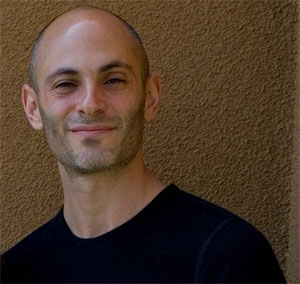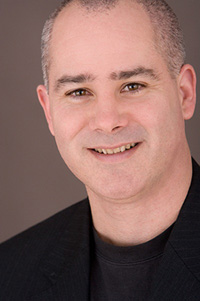In Pod #11: Tapping for Romantic Relationships I talked with Gina Parris about how we can tap to improve our romantic relationships. In this interview we take the next step and talk about how we can use tapping to improve our sexual relationship to reflect the emotional intimacy we share with our partners. It can put a real strain on a relationship when we don't feel truly connected to our partner and often we don't know how to talk about it, or even where to start. In this interview Gina shares practical tips for using tapping to rekindle the passion and fire in relationships.
 Gina Parris |
Guest: Gina Parris
Contact:
web @ GinaParris.com
web @ WinningAtRomance.com
About Gina: Gina Parris is an internationally sought-after peak performance speaker and coach who has spent twenty years helping people overcome their obstacles to reach their full potential – joyfully. Her clients range from professional athletes to solo-preneurs. She is passionate about helping people balance all the areas of their lives so that their relationships thrive amid great personal and professional growth.













